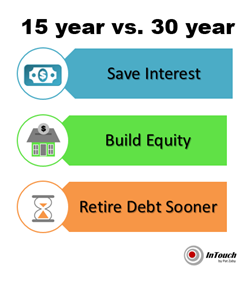 The first home purchase can be the culmination of years of planning and consideration. Buyers typically look for 12 weeks and use a variety of information sources for research before purchasing. However, many renters are not near as thorough in their study.
The first home purchase can be the culmination of years of planning and consideration. Buyers typically look for 12 weeks and use a variety of information sources for research before purchasing. However, many renters are not near as thorough in their study.
Like any other commitment a person makes, careful consideration and understanding is required. There are things that every renter should know before they rent a home or apartment.
- A lease is a binding, legal document.
- Understand the lease before signing and ask questions.
- Get the complete agreement in writing instead of verbal statements.
- Tenants have rights too and they vary depending on the state and city.
- Tenants need renter’s insurance for their personal belongings and liability.
- The landlord is responsible for a habitable and safe environment and should typically pay for repairs due to normal wear and tear.
- Do a walk-through of the property before signing a lease.
- Don’t withhold the rent to settle a disagreement with landlord.
- The landlord must return your deposit or tell you why it is being held in a reasonable time.
- It may cost you considerably less to own the home than to rent.
With the exceptionally low mortgage rates available, the house payment including taxes and insurance can easily be less than the market rent of a home. By the time you factor in appreciation, forced savings due to amortization, leverage and tax savings, the actual cost of housing could be close to half of the rent even if a reasonable repair allowance is factored. Check out your net cost of housing.













